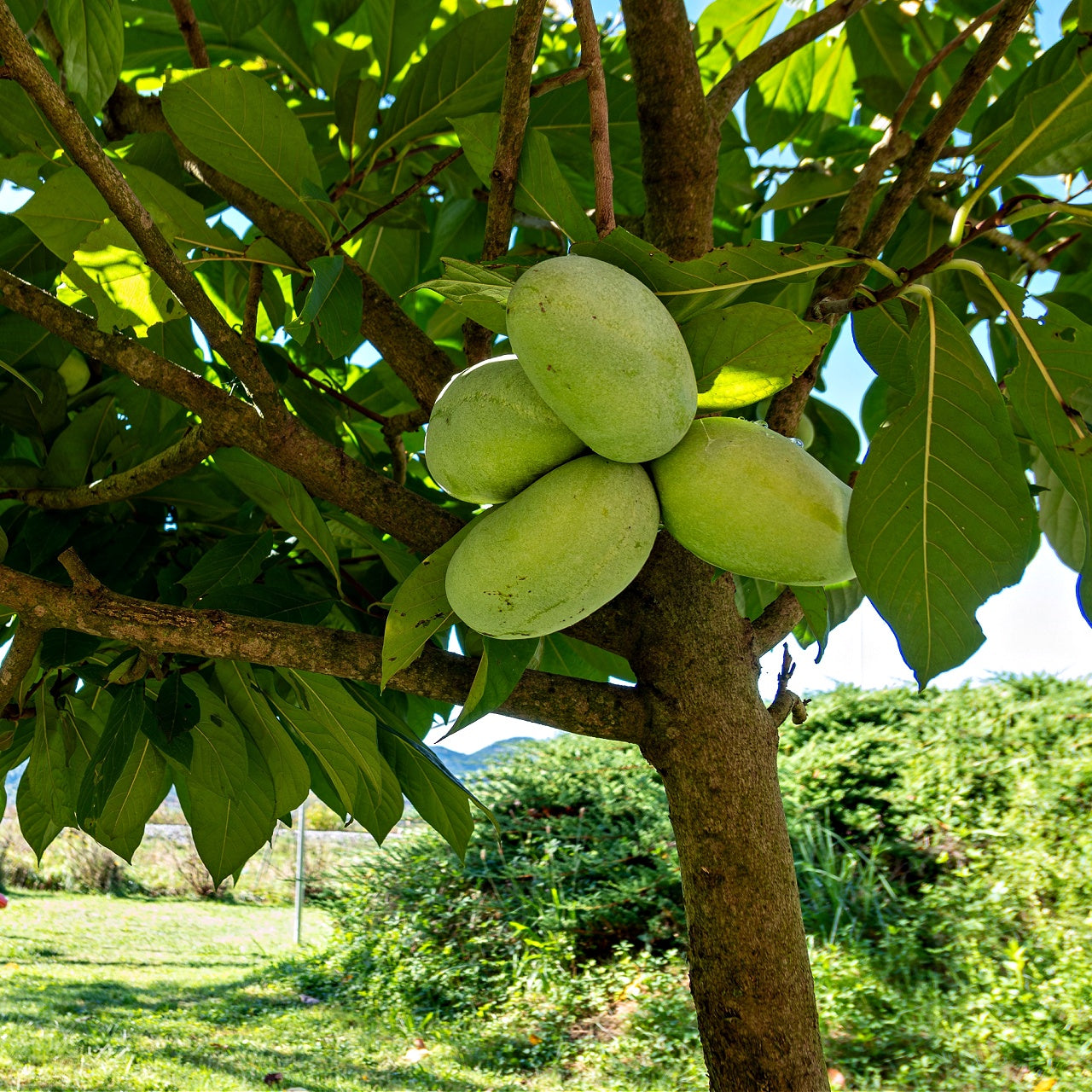
Vines And Thier Uses
Vines And Thier Uses
Planting vines successfully
Vine plants make a beautiful backdrop to your landscape. When choosing a vine to plant, decide where it will grow and the support you can give it. You must also consider what type of trouble it can get into and plant accordingly! Whichever type of vine you choose, ensure that as the plant grows, it is contained within its boundaries and is not allowed to twine around tree limbs or grow onto your house. Clinging vines can work their roots into the mortar between bricks and eventually cause significant damage. Also, please do not allow them to grow onto any structures you want to paint. In gardens, Vines Cover Everything, making them attractive.
Different vining plants need different support systems. A twining vine, for example, must have sturdy poles or boards, such as a pergola, for the new growth to wrap around. Twining plants include Morning glory and honeysuckle.
Vines with tendrils, like clematis, passionflower, and grape, need slim structures such as string or wire to climb. Chain link fences are perfect for these types, but if you want to plant them along a solid fence, they will need a little help, such as a trellis or wire.
Variety Of Vines
Clinging vines such as wisteria and winter creeper grow wonderfully on solid objects or walls but will work their way into any holes or weak areas of the wall.
Vinca minor, commonly known as periwinkle and sometimes creeping Myrtle, is a vining ground cover. When planted, it spreads along the ground, usually smothering weeds, but does not climb or twine. Vinca minor is attractive, especially when flowering.
Another species worth mentioning is English Ivy. It is the charming plant you see in the photographs of old English and Irish cottages. English Ivy will climb just about any surface and grow horizontally along the ground. It produces a berry-like fruit that attracts wildlife but is poisonous to humans and nectar that attracts insects.
Whichever type of vine you choose to grow, ensure you check the USDA plant hardiness zone system to make sure your climate is suitable for your chosen plant. Also, check the amount of sun or shade needed and plant accordingly. As far as soil goes, these plants are hardy and generally do not need anything other than rich soil. If you turn a shovel full of earth over in your designated spot and see worms, you're good to go! Once the plants are established, they rarely need watering; ensure you prune them to keep them contained.






